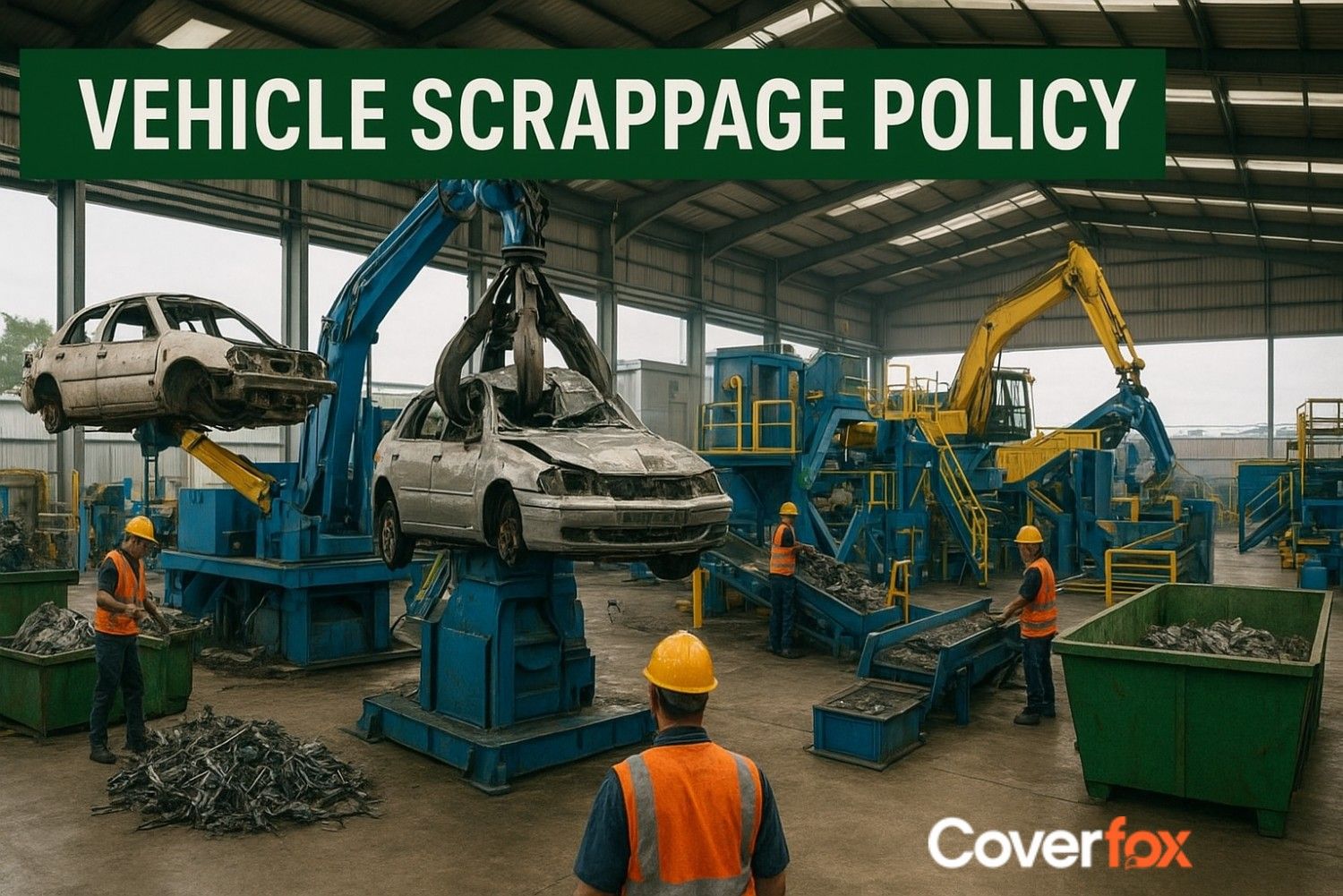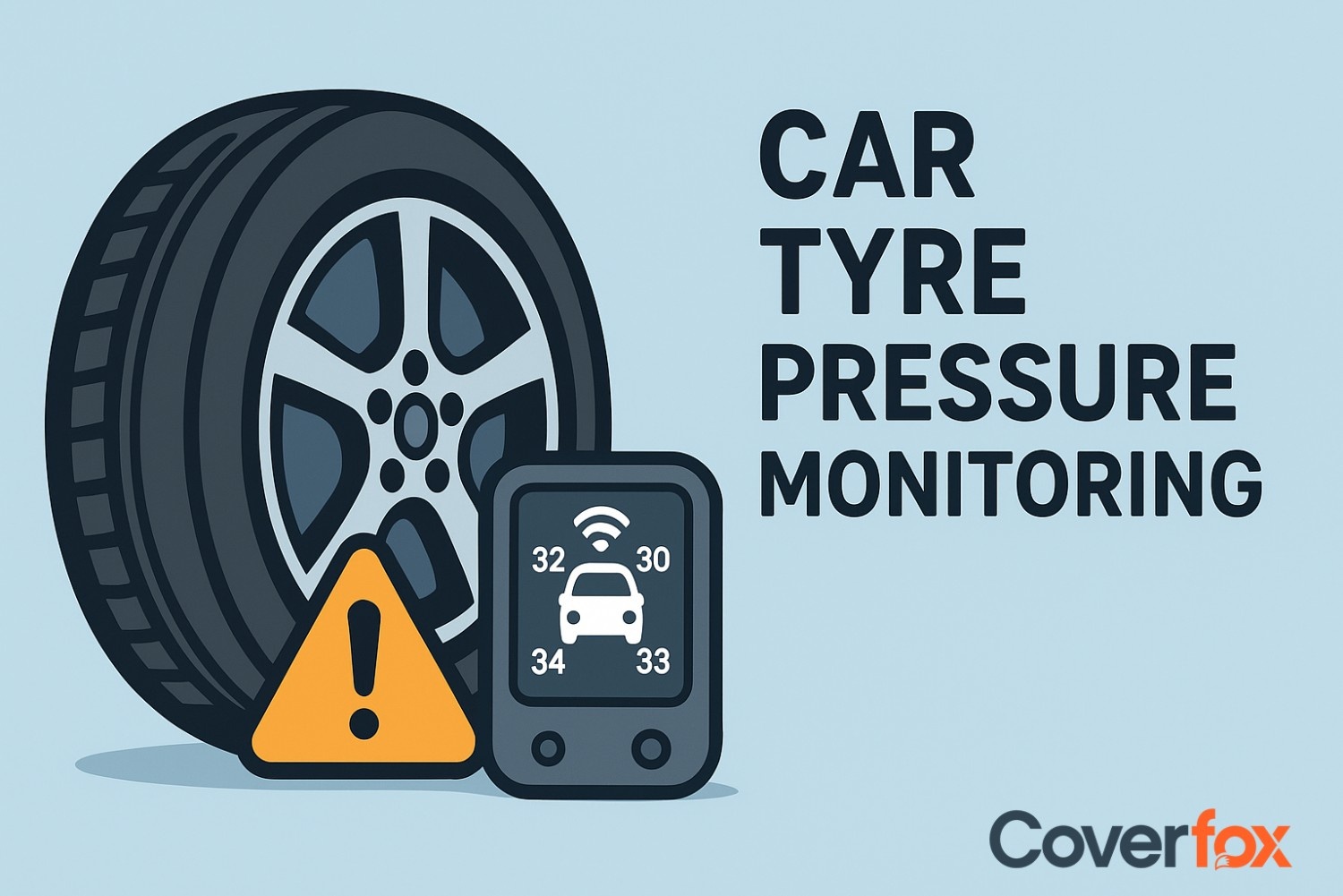Technology has reached new frontiers, even when it comes to engines in cars. How, you may ask? The answer is through turboengines. These turboengines are becoming increasingly popular in modern cars as the days go by, due to their better fuel efficiency and ability to deliver more power without increasing engine size.

Earlier, turbochargers were designed originally for use in aircrafts, however, they gained prominence in the 80s for being fitted in cars. Through the help of the guide below, we will get a better look into what a turbo engine is, how it works, its advantages and disadvantages, and the types included under these.
What is a Turbo Engine in a Vehicle?
Turbo engines are engines powered by a turbocharger, a device that forces extra air into the combustion chamber, thereby boosting engine power. This device is responsible for the extra boost of air, which allows fuel to burn more efficiently and thereby produces more power than a Naturally Aspirated engine of the same size.
Why are Turbo Engines Becoming Popular?
There are several reasons for the rise in popularity of turbo engines. These are:
1. Improved Performance
Provides smoother acceleration with an enhanced driving experience.
2. Increased Fuel Efficiency
Enables smaller engines to produce the same power as larger ones, without consuming more fuel.
3. Space Saving
Smaller engine sizes help reduce vehicle weight, ensuring more space and better handling.
4. Environmental Benefits
Ensures reduced emissions due to better and effective fuel efficiency.
How Turbocharged Engines Work
Turbo engines work in a simple manner:
- A turbo engine consists of two components, located within a snail-shaped housing, which includes an inlet port and an exhaust port, namely the compressor wheel and the turbine.
- Exhaust gases produced by the engine spin the turbine, which is connected to the compressor.
- The compressor forces more air into the engine intake, increasing the oxygen available for combustion.
- More air and fuel mixture results in greater power output per engine cycle.
The Role of Exhaust Gases in Turbo Operation
The exhaust gases, which would otherwise go to waste, play a crucial role in turbo engine operations, as they help power the turbine of the turbocharger, effectively recycling energy and boosting engine performance as well.
What is Turbo Lag and Why Does it Happen?
Turbo lag occurs when there is a delay between the driver pressing the accelerator and the engine’s response, i.e. the turbocharger providing the boost. It may last only up to a second, but it may prove to be uneventful for the driver. This lag may occur due to the engine not forming enough exhaust gases to spin the turbine of the turbochargers.
Today, many car manufacturers are using twin-turbo setups and superchargers to help minimise or eliminate the effects of turbo lag.
Pros and Cons of Turbo Engines
Let's have a look at the advantages and disadvantages of using a turbo engine in your car:Pros:
- Provide better fuel economy than Naturally Aspirated (NA) engines.
- Can be fitted in both petrol and diesel engines.
- Provides better acceleration, reaching higher speeds than larger engines.
- Generate lower emissions at the same power output as larger engines.
- Produce higher torque than regular engines.
- Being smaller in size, turbo cars are lighter than regular cars.
- Engine noise is quieter due to the muffling effect, reducing the sound of exhaust gases escaping from the engine.
Cons:
- Require more maintenance to ensure optimal performance.
- It may be more complex and expensive than regular engines.
- High pressure and temperature may affect the turbocharger’s lifespan.
- Chances of turbo lag may occur, affecting the response and drivability of a car.
- More prone to breakdowns or sudden malfunctions than regular engines.
- May result in higher car insurance premiums, due to increased chances of risk.
What is a Twin-Turbo Engine and How Does it Work?
A twin-turbo engine is a car engine that makes use of a set of two turbochargers. Instead of a single one, it uses two to boost engine power, which can be either sequentially or in parallel, enhancing power delivery and reducing turbo lag.
Difference Between Turbocharged Petrol and Diesel Engines
Turbocharged Petrol Engines
It is a petrol internal combustion engine fitted to a turbocharger, focusing on driving higher power and smoother acceleration.
Turbocharged Diesel Engines
It is a diesel internal combustion engine fitted to a turbocharger, providing higher torque at lower RPMs, ideal for towing and heavy-duty use.
Turbo Engine vs. Naturally Aspirated Engine
Let us have a look at the key differences between a Turbo engine and a Naturally Aspirated (NA) engine:
| Feature | Turbo Engine | Naturally Aspirated Engine |
|---|---|---|
| Power Output | Generates high RPMs | Generates lower RPMs compared to regular engines. |
| Fuel Efficiency | Ensures better fuel efficiency at higher speeds. | Based on engine size and design, fuel efficiency differs. |
| Exhaust Energy | Makes use of otherwise wasted exhaust energy to boost power. | Does not require energy input from the exhaust. |
| Structure | Turboengine integration makes the design more complex. | Consists of a simple design construction. |
| Maintenance | Requires a specific kind of maintenance. | Requires maintenance that is simpler and cost-friendly. |
Difference Between a Turbocharger and a Supercharger
Let us see the key differences between a supercharger and a turbocharger:
| Feature | Turbocharger | Supercharger |
|---|---|---|
| Power Source | Makes use of exhaust gases from the engine. | Powered mechanically by the engine via a belt connected to the crankshaft. |
| Boost Delivery | Provides a boost mostly at higher RPMs, but may have turbo lag (delay). | Provides instant boost with no lag, even at low RPMs. |
| Fuel Efficiency | More fuel efficiency as it uses waste | Less fuel-efficient due to parasitic power loss (engine power used to drive it) |
| Engine Sound | Typically quieter | Has a distinct sound |
Engine Oil and Maintenance for Turbo Engines
Turbo engines require a specific kind of oil, such as higher octane fuel and premium synthetic oil, since they operate at higher temperatures and pressures, in order to protect the turbocharger and engine components.
Maintenance Tips:
- Ensure to engage in regular oil changes with recommended oil grades.
- Avoid sudden engine shutdowns after hard driving to allow turbo cooling.
- Drive smoothly and avoid excessive revving.
- Maintain recommended tire pressure and regular servicing.
What to Avoid When Driving or Maintaining a Turbo Engine:
- Avoid shutting off the engine immediately after high-speed driving.
- Do not neglect oil changes or use low-quality oil.
- Avoid aggressive driving that can overheat the turbo
Car Insurance and Turbocharged Engines
A car insurance policy is necessary to safeguard your vehicle on the road from unforeseen risks. Here's how turbocharged engines play a crucial role in impacting a car insurance policy:
Perceived as High Risk
Insurers view cars equipped with this engine as high-risk, as they deliver high performance and acceleration, leading to higher accident risks.
Higher Premiums
It could result in higher premiums for your car insurance policy due to the high risk associated with them.
Modification Disclosure
If a turbocharger is added as a modification after purchase, failure to inform the insurer can lead to claim denial or policy cancellation.
Final Thoughts
For drivers looking for better fuel efficiency, performance and power—turboengines are the ideal addition to your vehicle, becoming increasingly popular in India with every passing day. But, it may have its own impact on your car insurance policy.
Worry less, as there's a solution to this: Simply, by using Coverfox’s reliable online platform, turbo car owners like you can easily compare policies, select comprehensive coverage with essential add-ons like engine protection, and enjoy hassle-free claims support, ensuring financial security and peace of mind while driving your high-performance vehicles.
Explore More:
Superchargers vs Turbochargers in Cars
Understanding V Engines in Cars
Frequently Asked Questions
Does a turbo engine use more fuel than a regular engine?
Turbo engines can be more fuel-efficient than larger naturally aspirated engines because they produce more power from a smaller displacement. However, aggressive driving can increase fuel consumption.
Is a turbo engine better than a regular engine?
Compared to a regular engine, a turbo engine delivers better in terms of fuel efficiency, power and performance. However, these engines may be more expensive to maintain due to their complex structure. So, the choice depends on your needs and preferences.
Is a turbo engine recommended for city driving?
Yes, a turbo engine may be utilised for city driving, in terms of fuel efficiency and power. However, due to turbo lag, it may be unpleasant to drive in stop-and-go traffic situations.





